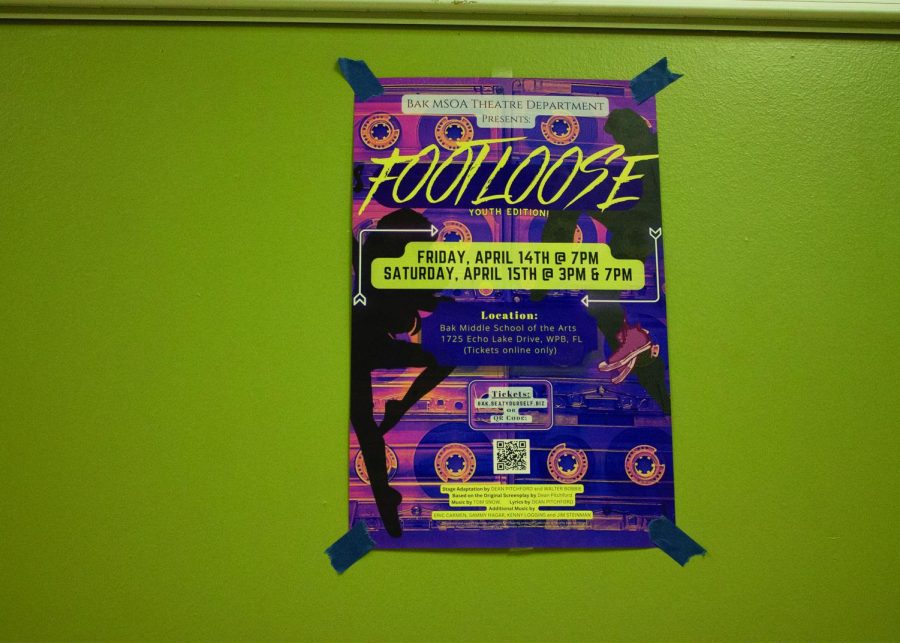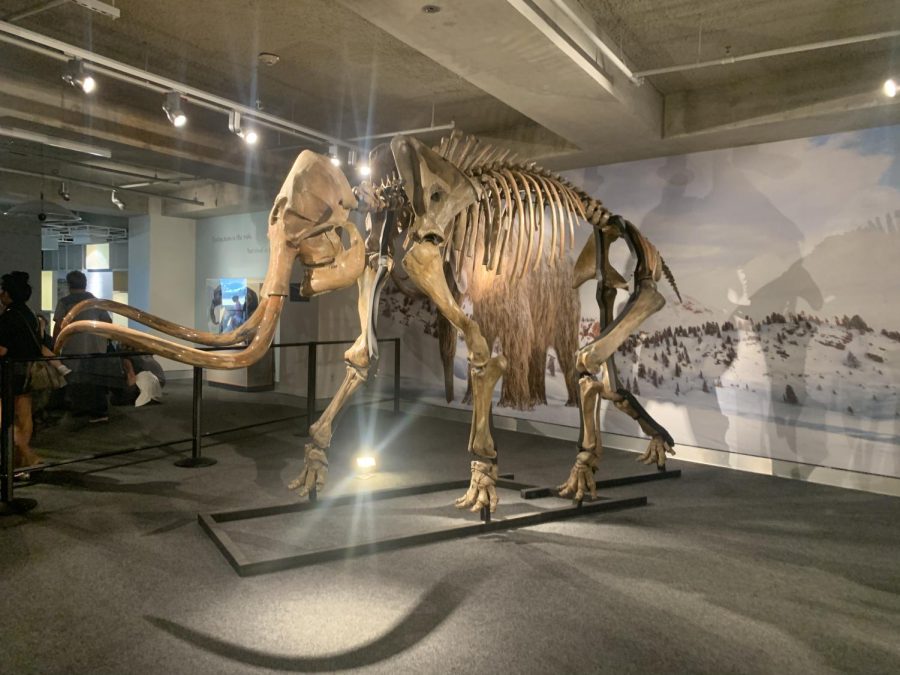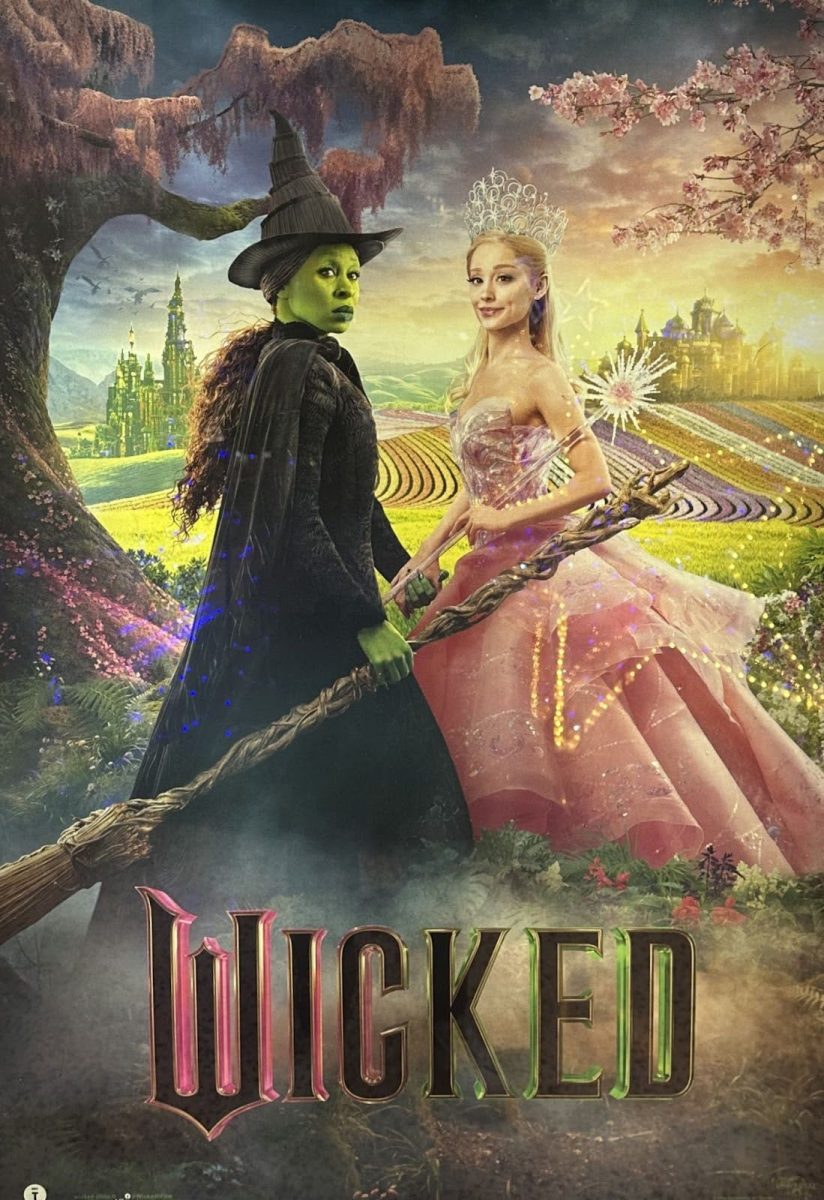From the enchanting wonders of animated classics to the dazzling spectacles of live-action remakes, Disney has masterfully woven timeless tales that have captivated audiences for generations. However, as the studio continues to reimagine its iconic animated films into live-action adaptations, a compelling debate emerges: Do these modern retellings honor the essence of the originals – or do they dilute the magic that once enthralled audiences worldwide?
For filmmakers akin to Federico D’Alessandro, an film director and storyboard artist, they believe that live action remakes can be an advantageous venture that allow new and innovative technologies to blend with the timeless classics of the past.
“Remaking classic films can risk tarnishing the legacy if not done well, but it also offers an opportunity to introduce these stories to a new generation with updated visuals and contemporary sensibilities,” D’Alessandro said. “It can lead to a reevaluation of cultural norms presented in older films, allowing for more inclusive and diverse storytelling.”
With the dazzling age of new technology at the disposal of Disney, remakes can serve as a new medium to tell beloved stories in a realistic and touching fashion while using more advanced techniques and equipment to captivate audiences.
“In remakes, you’ll see some pretty slick Computer Generated Imagery (CGI) that makes everything look sharper. For example, a technology that has been used a lot recently is ‘The Volume,’ which is a huge, wraparound digital screen that makes fantasy worlds feel real—it’s the same tech they use in ‘The Mandalorian.’ Additionally, there is motion capture, which makes animated characters move like real people, super high-definition cameras, and even 3D printing for creating some really wild costumes and props,” D’Alessandro said.
Even with the benefits that come from Disney remaking its timeless classics into live-action films, remastering them for the new age is a treacherous feat that can lead to major consequences if done incorrectly.
“When it comes to remaking films in live action, there’s only one real problem that can be run into: fan criticism. There’s only really two ways that the fans can go: either they love it or hate it, and it’s a dangerous venture that can lead to the potential loss of an entire franchise,” Ryan Green, a Marvel Stunt Coordinator said.
One of the leading culprits for fan criticism seeming to emulate from Disney’s newest live-action remakes, such as “The Little Mermaid” and “Snow White” is that they seem to stray away from the initial story that stuck with audiences when they first aired.
“One of the biggest mistakes that has grown extremely large in Disney and even other companies nowadays is mixing political and cultural agendas into their films, especially live-action remakes of classics, where many aspects are changed to fit the twenty-first century,” Green said. “Disney chooses to take out fundamental characters or plots in the hope of not angering the public, although at the same time they are stripping away the story that once made their movies popular in the first place.”
Although, even with the large sense of redundancy that is felt when a new live-action remake hits theaters, many believe that certain films should be chosen to be remade over others in the hope of stopping the falling off of Disney content.
“Choosing films to remake often involves considering those with timeless appeal or room for a modern retelling. ‘Atlantis: The Lost Empire’ and ‘Treasure Planet’ are prime candidates due to their unique worlds and potential for today’s CGI. ‘The Black Cauldron,’ which was darker and less successful, could also benefit from a remake that might better resonate with contemporary audiences and utilize advancements in animation and storytelling,” D’Alessandro said.
Even with the overwhelming potential that overlooked classics have to thrive in the new age of technology, most are shut down and rejected due to obscurity and are cast away in favor of more popular and prosperous franchises. This can be clearly seen for properties such as “Aladdin,” which received a live-action remake in 2019. On the other hand, properties such as “The Emperor’s New Groove” failed to receive the remake greenlight.
“To be honest, Disney is not making these live-action remakes just to bring back a beloved franchise; they’re doing it for only one thing: money. Because they know that it will be cheaper and easier to produce a film on an already established property than to make a new one,” Green said. “They know that it will bring in a lot of revenue and make people flood to their theme parks and buy merchandise without taking any financial risks.”
Nevertheless, the depleting goldmine of live-action remakes can still be salvaged by Disney, even in the wake of a content shortage. By sticking to their roots and preserving the pure story that captured audiences long ago while using new technologies, Disney can make new live-action films that can become instantly loved by an old and new audience.
“I think Disney can make better live-action remakes by catering more towards the people that watch them and also by keeping up with tradition,” Charlie Bastien, an eighth-grade communications major, said. “Meaning to keep the older storylines and characters but still make them more interesting to kids who watch.”




































